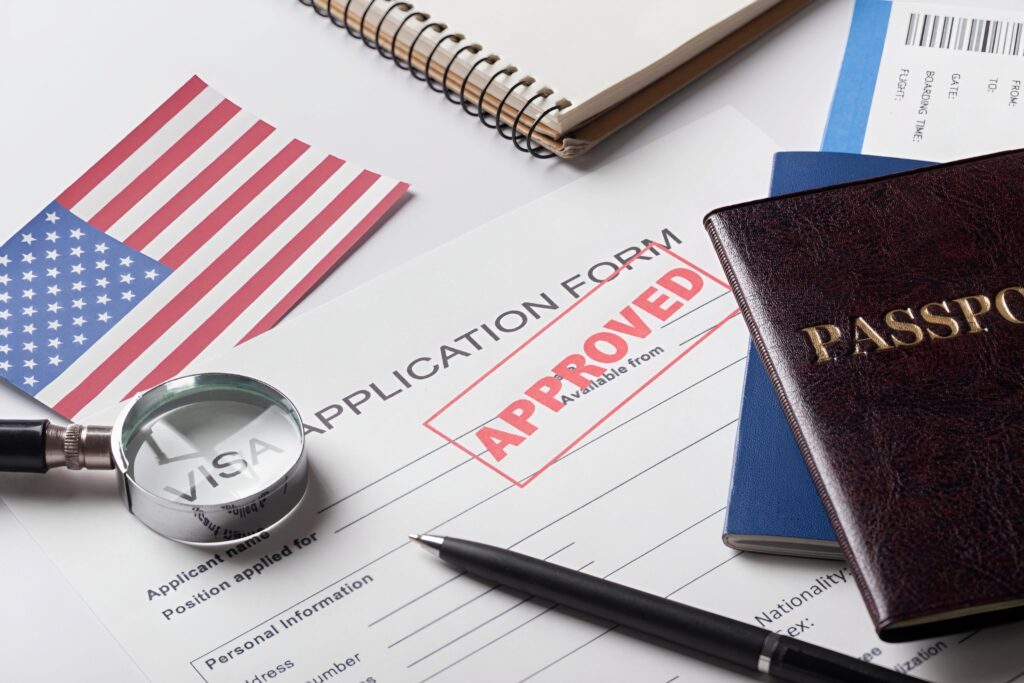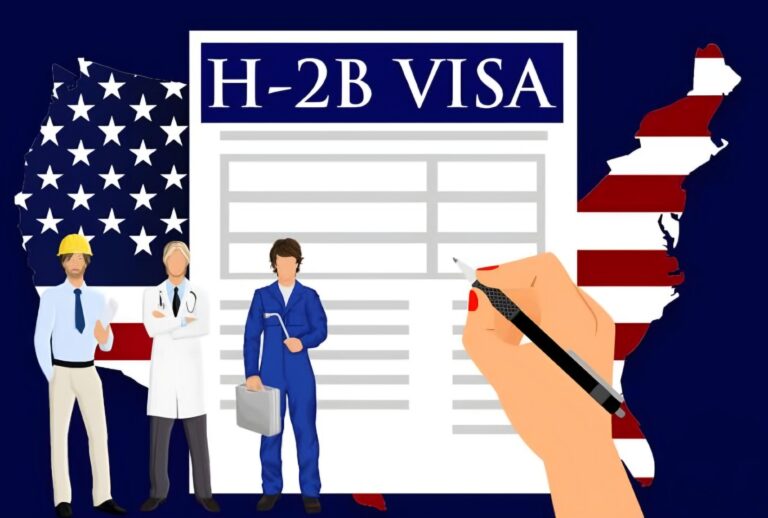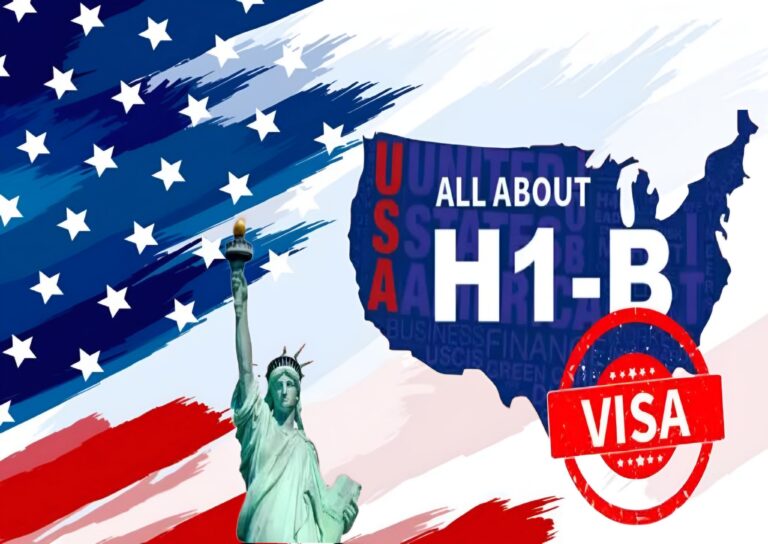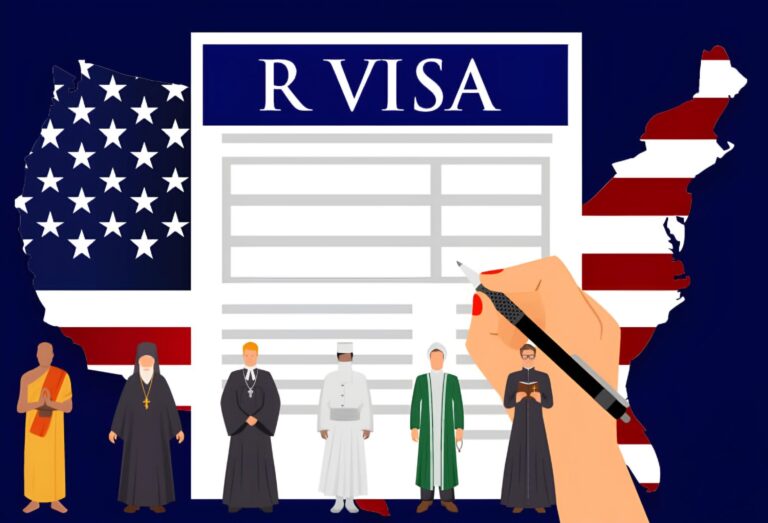Type P Visa USA
Understanding the Process for Artists, Athletes and Entertainers Applying for U.S. Work Visas (P Visa Guide)
Many different talents, whether they be artists, athletes or entertainers from around the world have dreams of performing in the United States. The P visa is especially created for them, and some individuals should have a supporting staff working with him within the United States. Whether you are an individual performer or the member of a group, backed by managers and executives whose assistance is essential to your artistic success—the P visa could be your pathway in town. This write-up is here to simplify and give you a complete guide on the P visa.
What is the P Visa ?
The P visas are available in different types, with each being customized for the particular group of beneficiaries:
P-1 Visa: International athletes or members of an entertainment group that is internationally recognized P-2 Visa: Entertainers in reciprocal program proposed for employment through the filing and approval of a petition on their behalf with USCIS (decreased from 250 to 25 applicants).
P-2 Visa – For artists and entertainers (individual or group) part of a reciprocal exchange program between U.S. organizations and their foreign counterparts;
P-3 Visa – Artists and entertainers coming to the U.S. for a performance under a culturally unique program, either individually or as part of group
P-4 Visa—issued to spouses and children under 21 years old of P-1, P-2 or P-3 visas.
Eligibility Requirements for the P Visas
- P-1 visa for athletes and entertainers Athletes: Must demonstrate sport merit at an international level, with insights into previous significant awards and media coverage of participation in one or several sports that are part of the Olympic Program (Summer/Winter).
- Entertainment Groups- Must be Internationally recognized as the very best in their specified field. The flock must have been held by 75% or more of the persons present, who must have had a real and continuing association with those birds for at least one year.
- For reciprocal exchange programsP-2 Visa The alien must be coming to the U.S. through a governmental agreed upon exchange program, and U.S. artists or entertainer shoud have taken part in similar activities abroad. The program will require a written agreement between the U.S. and foreign organizations that participate in an exchange
- P-3 Visa for Culturally Unique Programs: The alien must be coming to perform, individually or as part of a group, in the United States at cultural events which will further the understanding or development of his art form. This could include emerging cultural uniqueness of the program (testimonials, media reports or experts).
- P-4 Visa for Dependents: Spouses and children of P-1, P-2 or a P-3 visa holders are eligible for the dependant visa category known as theP4 Visa that allows them to travel/visit with them in order to accompany their principal family member.

The P Visa Process
Petition by U.S. Employer or Sponsor — The process starts with a demand from the company, agent, or sponsoring organization in the United States that applies Form I-129 (Application for Nonimmigrant Workers) to USCIS. The petition must be accompanied by documentation evidencing the artist, athlete or entertainer’s eligibility for classification under this basis (i.e. contracts/awards/media coverage etc.)
Consultation Requirement: Written advisory opinion from an appropriate labor organization in the U.S. is required for P-1 visas (depending on type of employment)
Approval and Arrival: With visa application approved, the individual can travel to U.S. for their temporary work under P visa
Duration and Extension Periods
Length Of Time Stayed Under P Visas Different Kinds and Different Duration
Athletes: Maximum of 10 years, with a contract up to five (5) years and another one for the same two-year term.
Entertainment groups: Up to 1 year, renewable in 1-year increments for continued performances/events/activities
P-2 and P-3 Visas: May be granted for the time necessary to complete the event, activity or performance, not up to 1 year at a time; extensions in increments of years re allowed until completion.
P-4 Visa: The spouse and children may stay as long as the principal P visa holder maintains their status.
Advantages of the P Visa
- Team Applications : The entire team can apply together for a P visa category so that teams and groups (including whole families) streamline the application process.
- Acceptance into Multiple Events: The P visa allows for acceptance into multiple events or performances, so the visa holder can take his/her show on the road to various venues throughout the U.S.
- Inclusion of Support Staff: Essential support people like coaches, trainers or technicians can apply for a P visa along the principal holder and get covered as part of the team.
- Pathway to Green Card: Even though the P visa is a temporary status, some individuals may be eligible for adjustment of status in the U.S. through other categories if they meet certain qualifications as well under Immigration laws.
Recent News and Advice for Applicants
The U.S. immigration system is constantly evolving, and the P visa program can be reformed accordingly as well. Keep on the lookout for any updates or changes in policy that could affect your application. Meeting with an immigration attorney or expert can be helpful in learning more about the P Visa application and help you to understand how it works.
Conclusion
One of the most important visas for artists, athletes and entertainers type (P visa) Whether you are a solo performer or part of an ensemble, applying for the P visa allows one to get their foot in the door and perform exciting opportunities in US. With hard work and remaining knowledgeable you can enjoy your time singing, competing, or teaching in the United States.




